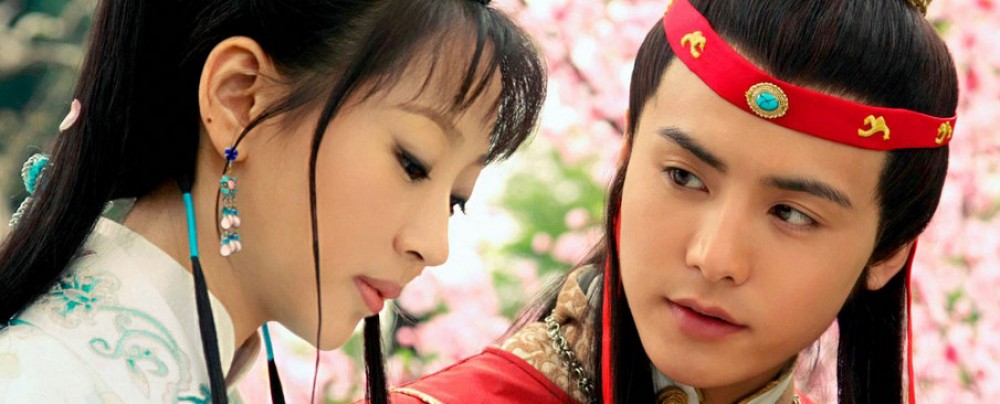Up to this point, I’ve only mentioned the implications of simply including or excluding people of various races in the media. But as we all know, the way that diverse peoples are represented can be just as important as whether they are represented at all. Stereotyping can be a very easy trap to fall into, and it can have pretty negative effects on how we view different people.
Though stereotyping isn’t nearly as terrible now as it was back in the day, it absolutely still exists. This 2008 study of three Grand Rapids TV stations demonstrates how the news tends to portray certain races in a negative and limiting way:
“One only need study the data in this report to observe that the ratio of minority crimes in news stories to minority voices in news stories is appallingly high. In fact, four out of the five minority groups studied were seen committing crimes in a majority of their news stories. Only Native Americans did not reflect that trend.”
By making a majority of minority coverage about criminals, the news is putting it in viewers’ heads that most members of racial minorities commit crimes. Obviously this is an unfair assumption to make, and it can lead to all sorts of racial profiling that affect people in real life. This clip from The Daily Show does a good job of showing just one example of how African American people are profiled: police stopped them in the streets for having nice belts because they believed the belts must have been stolen.
But it’s not just the news that promotes this kind of thinking; other media outlets do the same. I’m sure we’re all aware of the stereotyping that occurs in movies and on TV shows, but if you want a reference, this page does a good job of summing up the typical roles that members of minorities get cast to do. Reading through them, I can definitely think of several characters who reflect each stereotype. For one thing, this obviously has a negative effect on the actors and actresses who get shoehorned into these roles. But it also affects viewers who are subliminally being told by the media that they can only be certain things. This is frankly very contrary to American values, which so often stress that we can be whatever we want, and if we can dream it we can do it. When this message is actually reinforced, it can be very moving. For example, when Whoopi Goldberg first saw Lt. Uhura on Star Trek, she was so excited that she ran to her mother shouting, “There’s a black lady on TV, and she ain’t no maid!”
To be clear, I don’t think we should vilify the people behind the media for this. Progress naturally takes time, and in terms of making stereotypes less negative, we’ve come a long way in the last several decades. Compare modern times to the 1920’s, when Chinese-American actress Anna May Wong literally left the country because she was so tired of the roles she had to play. She had this to say in a 1933 interview:
“Why is it that the screen Chinese is nearly always the villain of the piece, and so cruel a villain—murderous, treacherous, a snake in the grass? We are not like that. … We have our own virtues. We have our rigid code of behavior, of honor. Why do they never show these on the screen? Why should we always scheme, rob, kill?”
Nowadays, stereotypes aren’t nearly as hateful as that. But just because a stereotype isn’t negative doesn’t mean it’s not harmful; while Asian Americans are often shown being math and tech geniuses (and it’s a positive trait to be smart), this still limits our ideas of what an Asian person can be or do. This happens all the time. Even well intentioned works like Disney’s Pocahontas, which obviously tried to portray Native American people in a positive way, still showed them in a stereotyped way.
I think the great challenge for movie-makers when it comes to portraying diverse peoples is trying to avoid stereotypes while also avoiding making everyone the same. After all, we could easily avoid stereotyping by “whitewashing” everyone. But obviously that’s not a good solution either; we want to see different cultures. We just don’t want to see a stereotyped, distorted view of them.

Stereotyping is omnipresent, simply because it is a very easy thing to do. The way that a group has been stereotyped in the past leads to that stereotype being the opinion of them in the future. It is also hard to break out of this cycle, because what constitutes breaking out of a stereotype. The phrase “Stereotypes are stereotypes for a reason” seems to spring to mind. There are trends among people of a culture that are part of their heritage, and are not stereotyping, so much as simply representing them accurately. Sometimes actively going 180% against the stereotype can be a bad thing too. What we need to do is to simply mix in the stereotypical characters with “normal” characters, and try to whittle down the stereotype itself